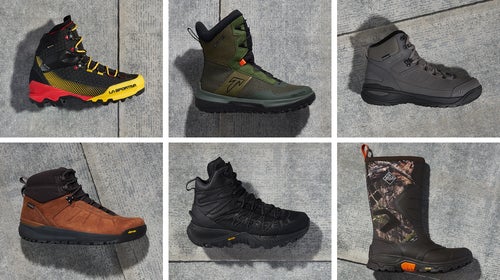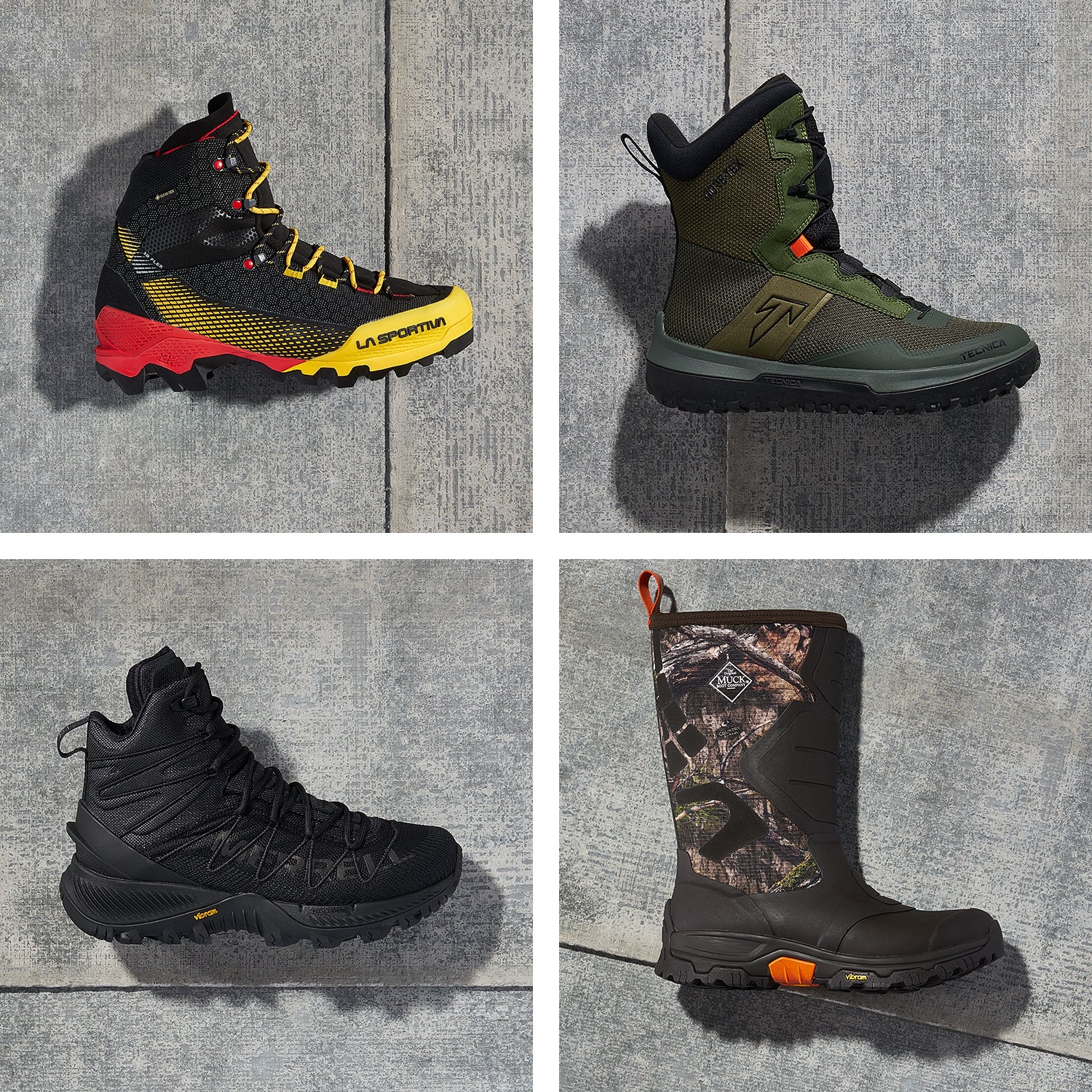There’s no such thing as a quiver-of-one winter boot. Cold, wet weather demands you wear the exact right footwear for each adventure. Sounds intimidating, but don’t worry: we spent months testing winter shoes and narrowed the field down to six that cover everything from snowshoeing to hiking to mountaineering.
Vasque Talus WT NTX ($160)
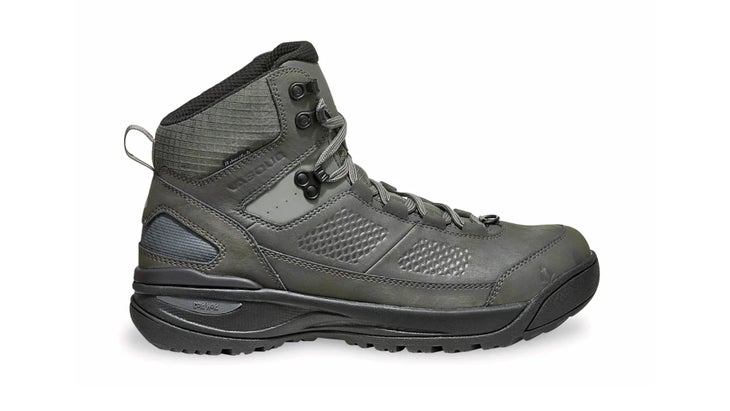
Most winter boots are designed with an emphasis on insulation instead of things like fit, weight, and bulk. Not so here. The Talus WT NTX is not an über-warm, deep-snow winter boot, but rather a svelte, fast, comfortable hiker with just the right amount of 200-gram insulation. That distinction meant the Talus outperformed every other boot when it came to covering lots of miles. A grippy outsole, supportive leather upper, and forgiving last kept our feet happy on high-mileage days. Of course, with its waterproof membrane it still did fine while trudging through snow.
Tecnica Argos GTX ($180)
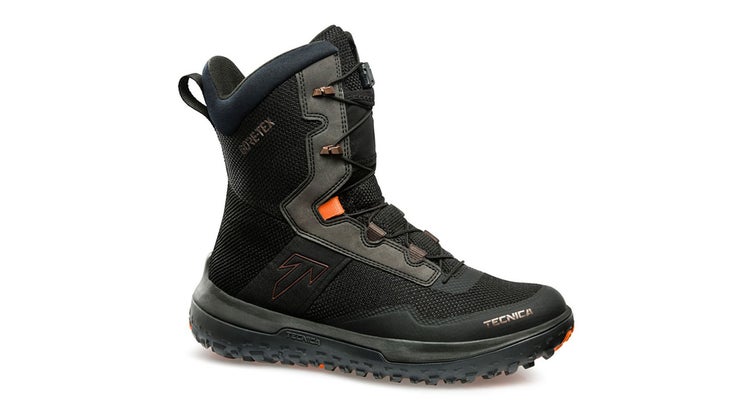
Tecnica filled a void by positioning the midweight Argos GTX right between a traditional cold-weather winter boot and a light winter hiker. You still get a cuff that comes to your lower calf for extra warmth and great snow protection, but the sole and midfoot are pared down, for walking ease. That means the Argos does well while trudging through deep snow on truly cold days but isn’t as cumbersome as a more old-school, deep-winter boot. It’s still fairly clunky as a hiker, but it was great for midlength snowshoe trails because of its overall warmth. It also became our favorite après parking-lot boot thanks to the playful styling.
Oboz Andesite ($189)
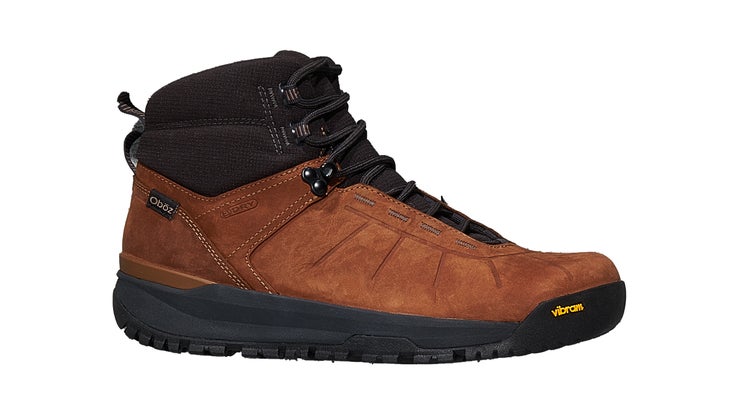
Sneakerlike comfort, 200-gram recycled and biodegradable synthetic insulation, and a supportive fit made Oboz’s men’s Andesite (and women’s Sphinx) an instant favorite. Designers paired oiled nubuck leather with a soft fabric collar, which offers stabilization while maintaining ankle flexion. Vibram’s new Arctic Grip AT sole bites superbly on snowy descents, exposed rock, and dirt. This waterproof boot helped us love winter, whether we were on wet slop, powder, hiking trails, or city streets.
La Sportiva Aequilibrium ST GTX ($329)
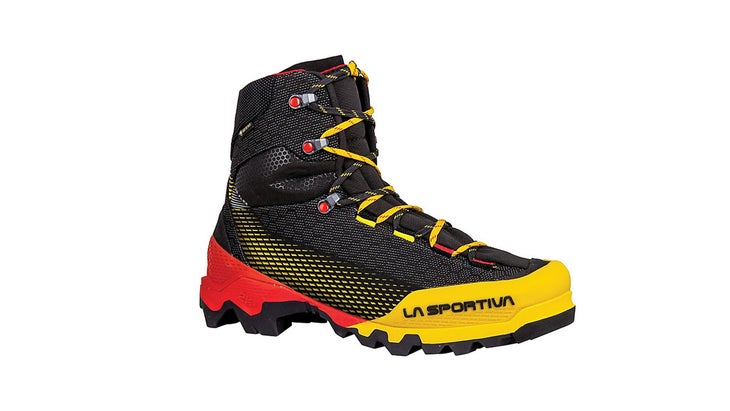
La Sportiva just made the lightest, most technical three-season mountaineering boot we’ve ever seen. The Aequilibrium has everything you need for big objectives, like a waterproof-breathable lining, a supportive yet flexible ankle, and a protective lightweight TPU coating on the upper. A hidden lacing compartment even protects the laces from wear and tear at the toe. A squishy heel insert reduces muscle fatigue, lace locks allow you to control tension zonally, and the sole and midsole conform to obstacles for unsurpassed traction without compromising crampon compatibility.
Muck Apex Pro with Arctic Grip All Terrain ($190)
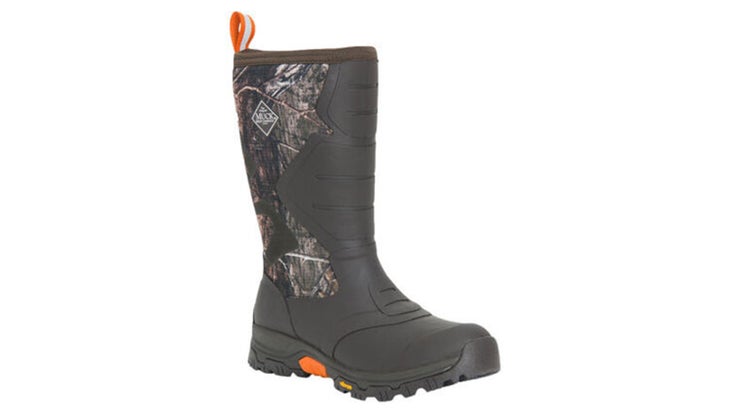
This pull-on became our go-to for hauling firewood and exploring nearby trails, because it was the warmest and the fastest to get on. It’s made from four-millimeter waterproof neoprene, with wear-resistant rubber on the shin to protect against icy crust. But it’s lighter than similar boots and breathable enough to spend all day in without getting sweaty feet. Vibram’s proprietary ice-gripping rubber holds onto slick, wet ice with studlike traction but is equally tenacious on rocky terrain..
Merrell Thermo Rogue 3 Mid Gore-Tex ($240)
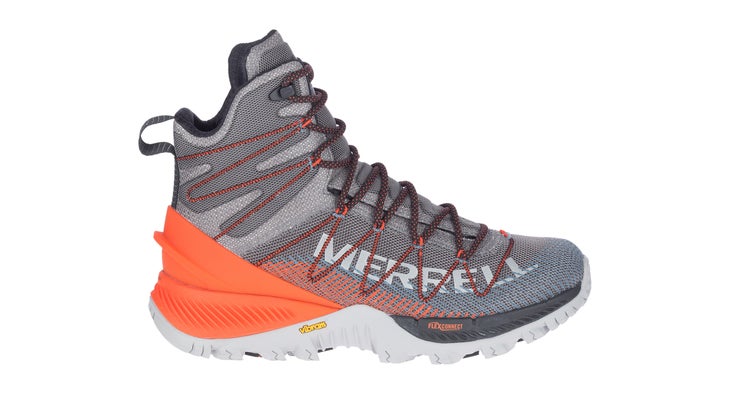
The Rogue 3 shone on long snowshoeing excursions. For starters, it’s lightweight (just 16.5 ounces in a men’s 9). It also has a mid-height cuff to keep snow out and a special ridge on the heel that holds a snowshoe strap in place. Synthetic insulation in the upper and aerogel in the insoles kept our dogs warm even on bitterly cold days. The Thermo Rogue is warmer than the Vasque Talus, but it performed similarly well for cold, dry hikes and never felt clunky, thanks to a traditional hiking-boot design.
